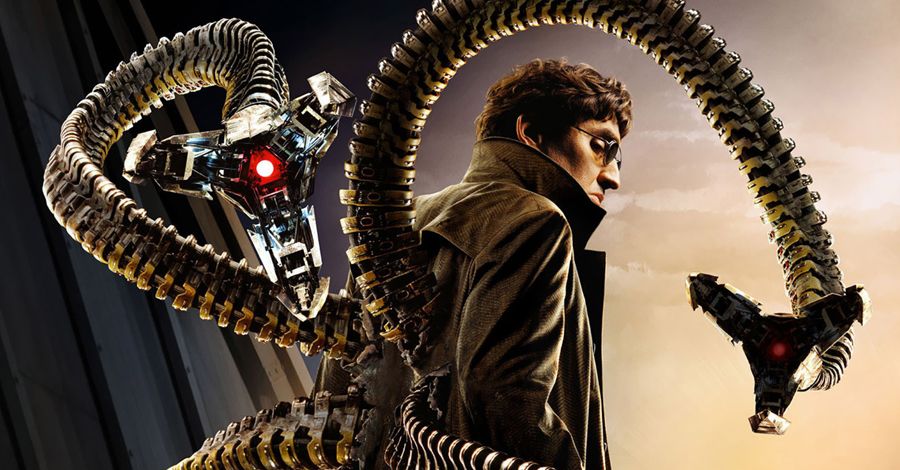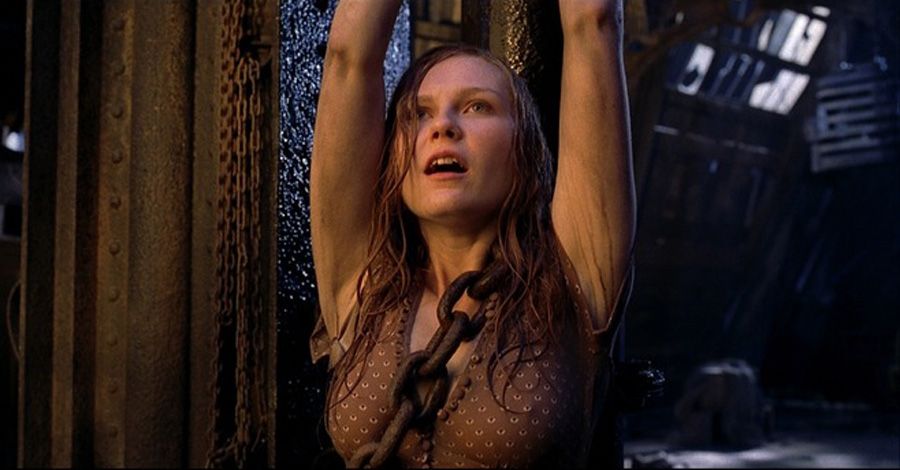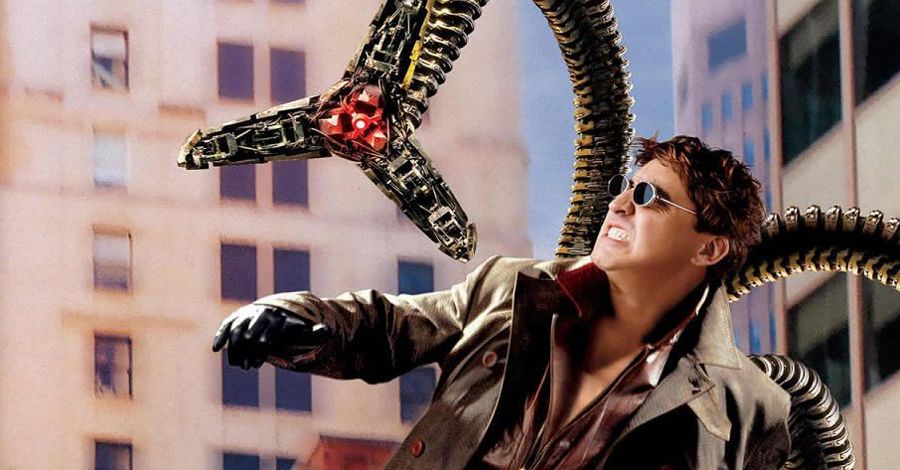MOVIE URBAN LEGEND: There was nearly a love triangle between Peter Parker, Mary Jane Watson and Doctor Octopus in “Spider-Man 2.”
While a dozen screenwriters could contribute to a single major motion picture, there are draconian systems in place that determine who actually receives credit for the film. In the end, just one or two may see their names on screen. As you might imagine, that leads to drastically different story elements from one draft to the next. In one version of “Star Wars: The Empire Strikes Back,” Luke had a different sister, while in another draft of “Green Lantern,” Superman was going to get a shot at a Green Lantern ring. In one draft of “Batman Returns,” the villainous Max Schreck was the Penguin's long-lost brother.
This system of drafts led to an interesting period in “Spider-Man” when Doctor Octopus was going to be part of a love triangle between Peter Parker and Mary Jane Watson!
Confident the original “Spider-Man” movie would be a hit, Sony Pictures hired “Smallville” creators Alfred Gough and Miles Millar to write a sequel as soon as production was complete on the original. Their script featured Doctor Octopus, the Lizard and Black Cat as villains. Once “Spider-Man” was released in 2002, to massive success, the film’s writer David Koepp was brought back to work with Gough and Millar on the follow-up.
In fall 2002, Pulitzer Prize-winning author Michael Chabon was brought in to rework the film's story, which led to Doctor Octopus becoming the primary villain. One of the changes was that Peter doesn’t stop rooming with Harry Osborn until midway through the film, as Harry's Spider-Man obsession only gets worse.
The most notable change, however, was Chabon's take on Doctor Octopus. His version of Otto Octavius was much younger, roughly the same age as Peter, and obsessed with Mary Jane, who’s also interested in him. They go to an Ethiopian restaurant together, where he says "I like to eat with my hands,” and that he’s "a little freaky." Octavius doesn't find himself merged with the arms until later in the film. Instead, he enjoys the “endorphin push" he receives from wearing them. He ends up wearing them on a date with Mary Jane, which freaks her out -- even more so when he uses them to beat up some guys who are bothering them.
Octavius worked on the super-spiders that gave Peter his powers in the first film, and thus is able to develop a chip that can cancel out the spider-powers. Peter, who decides he wants to be "Spider-Man No More," injects himself with the chip. That’s Chabon's actual explanation for why Spider-Man loses his powers in “Spider-Man 2,” rather than the film's explanation of ... well ... there was no explanation, really. Similarly, he regains his powers when he removes the chip (in a rather gross scene), rather than the film's explanation of how his powers return of ... well … Octavius needs the chip to save his own life, as the arms are slowly killing him.
Much of the rest of the finished film is there, including the big energy ball ending, the famous train fight scene and Harry discovering Norman's secret stash of Goblin gear.
Director Sam Raimi, working with screenwriter Alvin Sargent, sorted through the various drafts and then cobbled together his own take on the film. He kept much of Chabon's ideas, but drastically rewrote Doctor Octopus, making him older and more of a mentor figure to Peter Parker.
In the end, only Gough, Millar and Chabon were credited for the film.
The legend is....
STATUS: True
Be sure to check out my archive of Movie Legends Revealed for more urban legends about the world of films. Click here for more legends specifically about superhero films.
Feel free (heck, I implore you!) to write in with your suggestions for future installments! My e-mail address is bcronin@legendsrevealed.com.



